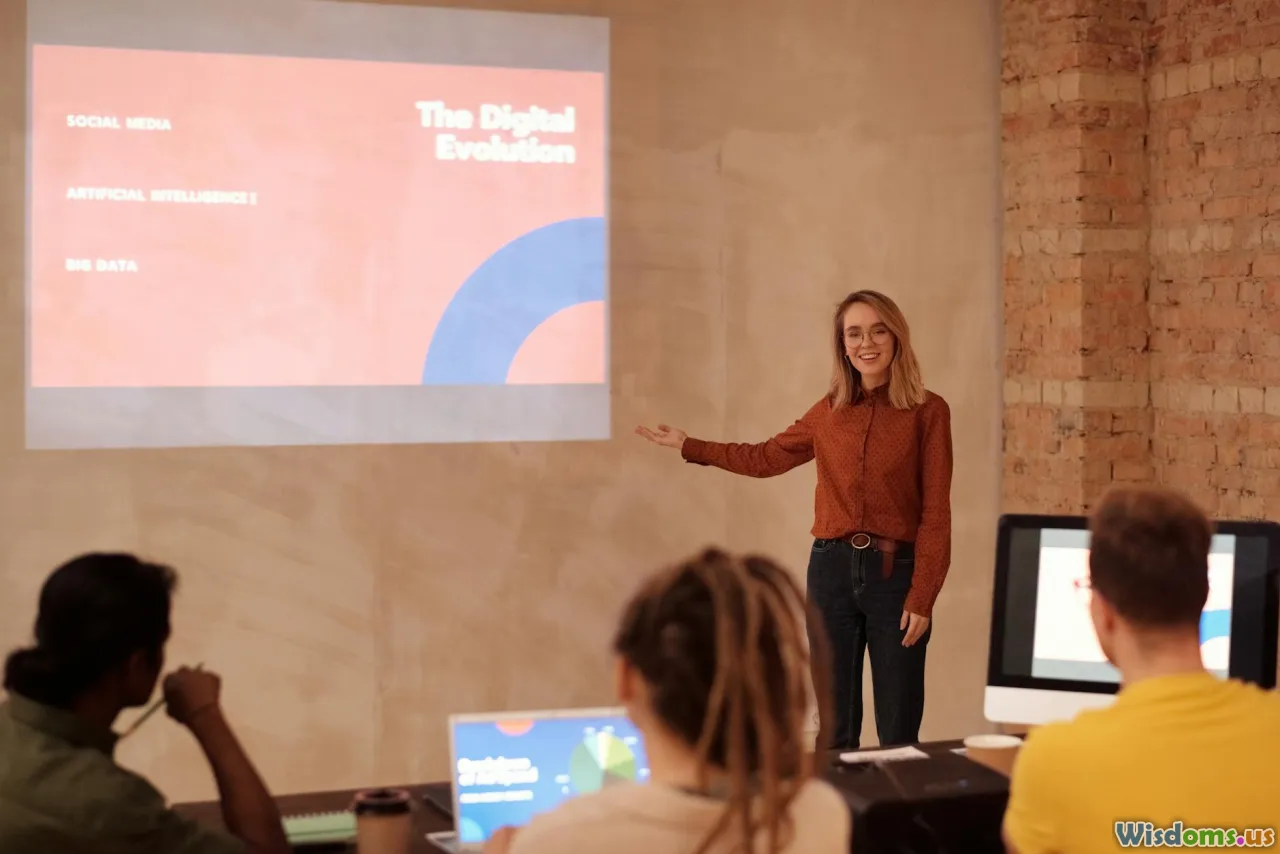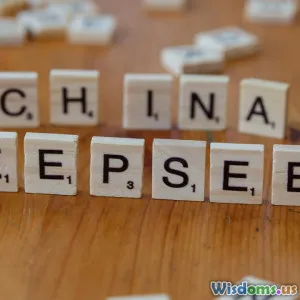
The Future of AI in Education
6 min read Explore how AI is transforming the educational landscape and what the future holds for students and educators alike. (0 Reviews)
The Future of AI in Education
Introduction
The landscape of education is undergoing a seismic shift, driven primarily by advancements in technology, particularly Artificial Intelligence (AI). As we venture further into the 21st century, educators and students alike are beginning to recognize the profound implications AI holds for the future of learning. From personalized learning experiences to administrative efficiencies, AI is not just a trend; it is a transformative force poised to redefine education as we know it.
1. Personalized Learning Experiences
One of the most significant advantages of AI in education is its capability to personalize learning. Traditional teaching methods often adopt a one-size-fits-all approach, which can leave students behind. AI technology can analyze individual student performance and learning styles, allowing educators to tailor instruction accordingly.
Example: Intelligent Tutoring Systems
Intelligent tutoring systems, such as Carnegie Learning and DreamBox, utilize AI to provide real-time feedback and adaptive learning paths. These systems assess student understanding continuously and adjust the difficulty of tasks, ensuring that each student learns at their own pace. Research from the Stanford Graduate School of Education has shown that personalized learning can lead to improved academic performance and increased student engagement.
2. Automating Administrative Tasks
Educators often spend a significant amount of their time on administrative tasks, such as grading, scheduling, and communication. AI can automate many of these processes, freeing up teachers to focus more on instruction and student interaction.
Example: AI-Powered Grading Tools
Tools like Gradescope employ AI to help educators grade assignments more efficiently. By automating the grading process, these tools not only save time but also provide more consistent and objective evaluations. As a result, educators can provide timely feedback, which is crucial for student learning and improvement.
3. Enhancing Student Engagement
AI can also enhance student engagement through interactive and immersive learning experiences. Virtual Reality (VR) and Augmented Reality (AR) applications powered by AI can create stimulating environments that make learning more engaging and enjoyable.
Example: Virtual Classrooms
Platforms like Oculus for Business are revolutionizing the way lessons are delivered. Students can virtually visit historical sites or explore the human body, providing a depth of experience that traditional teaching methods cannot match. These engaging experiences can enhance understanding and retention, making learning fun and effective.
4. Supporting Teachers with Data Insights
AI can provide educators with valuable insights into student performance and learning behaviors. By analyzing data, AI can help teachers identify trends and potential areas of concern, allowing for proactive interventions.
Example: Predictive Analytics
Tools like BrightBytes use predictive analytics to assess student data, enabling teachers to identify at-risk students before they fall behind. This proactive approach can lead to timely support and resources, ensuring that all students have the opportunity to succeed.
5. Accessibility and Inclusivity
AI has the potential to make education more accessible for students with disabilities. By implementing AI-powered tools, educators can provide tailored resources that cater to the unique needs of each student.
Example: Speech Recognition and Text-to-Speech Tools
AI-driven applications like Google’s Speech Recognition and Read&Write assist students with disabilities by offering speech-to-text capabilities and text-to-speech functions. These tools enable all students to participate fully in the learning process, thereby promoting inclusivity in the classroom.
Conclusion
The future of AI in education is bright and filled with potential. As technology continues to evolve, the possibilities for enhancing educational experiences are boundless. By embracing AI, we can foster personalized learning, improve administrative efficiency, engage students more deeply, support teachers with actionable insights, and promote accessibility. While challenges remain, the integration of AI in education is not just an enhancement; it is a necessary evolution in how we teach and learn. As we move forward, collaboration between educators, technologists, and policymakers will be essential to harness the full potential of AI, ensuring that education adapts to meet the needs of every learner.
Rate the Post
User Reviews
Popular Posts





















